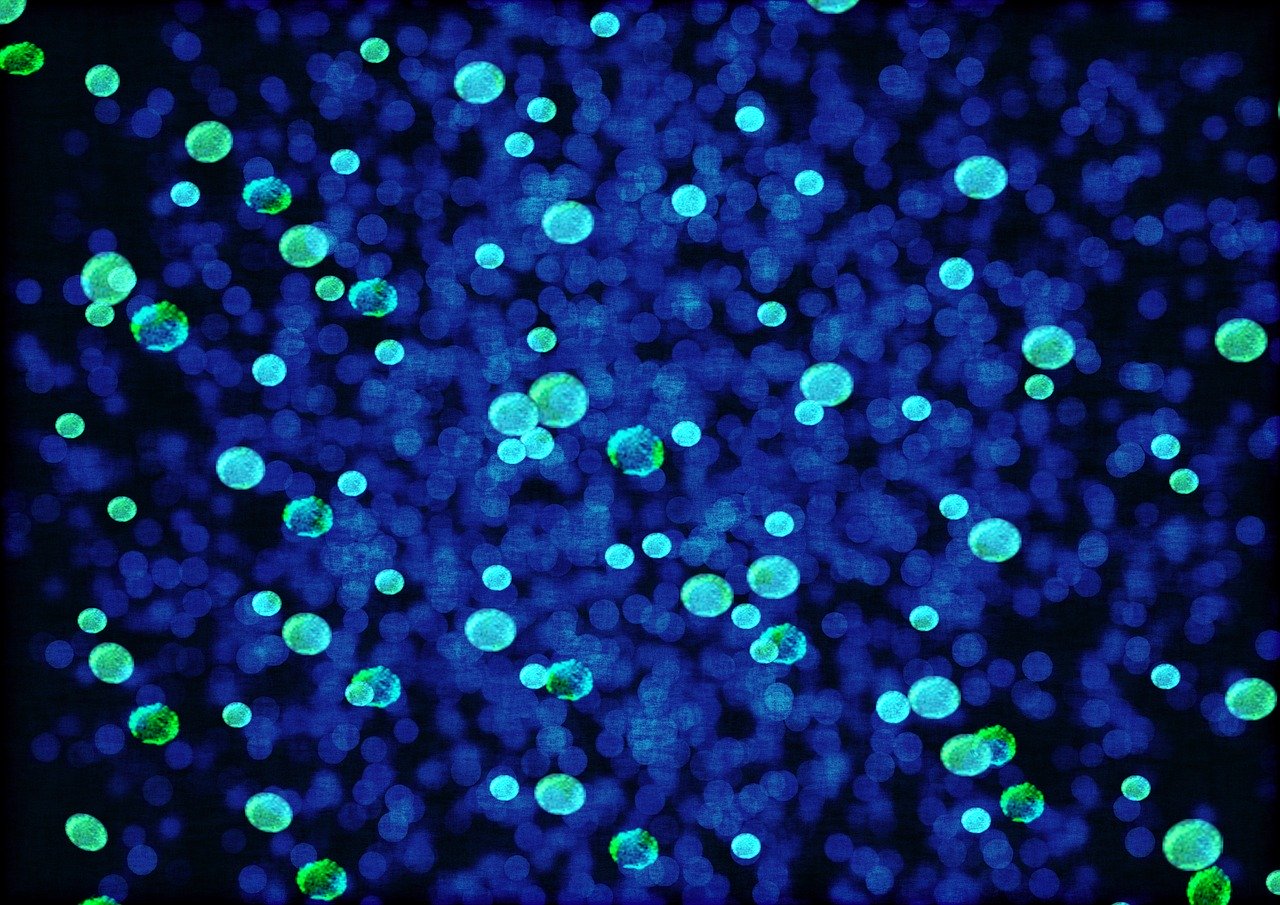In February 2020 researchers from South Korea published the results of their study to assess the composition of the gut microbiome in individuals with Sjogren’s syndrome and dry eye syndrome. A total of 10 individuals with Sjogren’s syndrome, 14 with dry eye syndrome and 12 with no history of either medical condition (control group) were included in the study. Corneal staining, tear break up time and tear secretion were assessed and stools analysed for their bacterial component. Results showed that the analysis of the gut microbiome in individuals with Sjogren’ syndrome was significantly different than those with dry eye syndrome and in the control group. It was seen that Bacteriodetes increased, while the Firmicutes:Bacteroidetes ratio and Actinobacteria decreased. Specifically Bifidobacterium was reduced. The gut microbiome of the individuals with Sjogren’s syndrome also showed a decreased genus of Blautia, Dorea and Agathobacter when compared to the control group and an increased genus of Prevotella, Odoribacter and Alistipes when compared to those with dry eye syndrome. This was different to the gut microbiome of individuals with dry eye syndrome as this only showed an increased genus Veillonella and reduced Subdoligranulum when compared to the control group. Bacteroidetes, Actinobacteria and Bifidobacterium appeared to be significantly related with dry eye symptoms. A further analysis revealed that tear secretion appeared to be strongly affected by Prevotella. The researchers therefore concluded that individuals with Sjogren’s syndrome showed gut dysbiosis (an imbalance between the types of organisms present in the gut microflora) compared to individuals with dry eye syndrome and the control group.
Moon J et al. Gut dysbiosis is prevailing in Sjögren’s syndrome and is related to dry eye severity. PLoS One. 2020 Feb 14;15(2):e0229029

